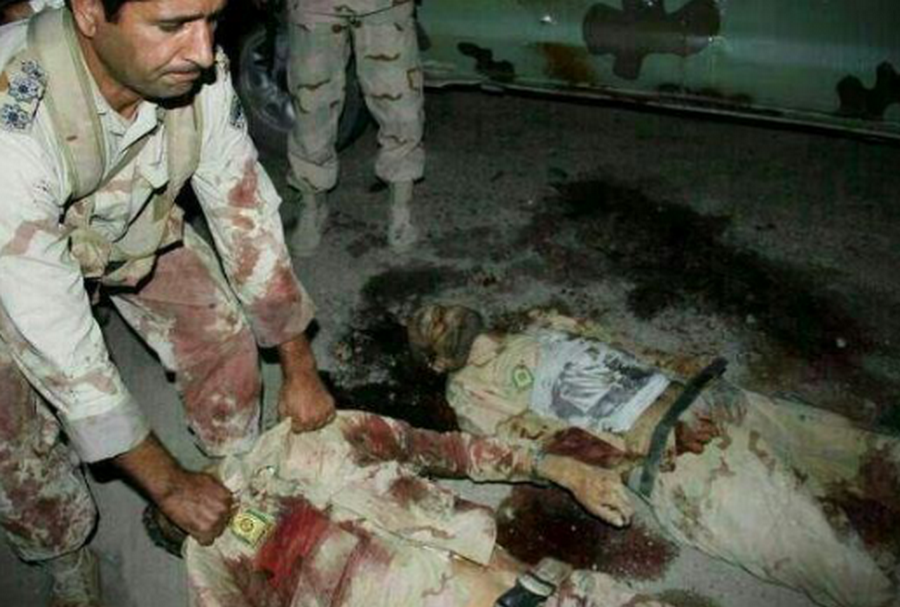A
photograph showed the bodies of at least two Iranian officers
apparently killed in the skirmish. Iran’s state-controlled media didn’t
initially report the clash at Qasre Shirin, as Tehran routinely censors
violent border incidents.
But
Iranian officials took an unusual step and eventually talked about this
particular incident. The first official to react was Fath Allah
Hosseini, Qasre Shirin’s representative in the Iranian parliament.
Hosseini insisted that residents were not afraid of ISIS, which has captured much of northwestern Iraq in recent weeks.
Then
on June 21, Brig. Gen. Ahmad Reza Pourdastan—the Iranian army’s senior
ground force commander—confirmed to the state-run YJC news agency that
the incident took place. But Pourdastan said that the attackers were
from the Kurdish militant group Party for Free Life of Kurdistan, also
known by its Kurdish acronym PEJAK.
But this an odd claim given the intensity of the attack and the location.

For
one, Kurdish troops are battling ISIS forces 12 miles to the south near
the Iraqi city of Khanaqin. Kurdish militia groups are scrambling to
fortify their territory against further attacks. It seems unlikely they
would open a second front by hitting Iran.
It’s
possible that by mentioning PEJAK, Pourdastan is attempting to ease
fears of an ISIS attack inside Iran. Pourdastan did not confirm Iranian
casualties—a standard practice for Iranian officials.
He
added that Iranian military units along Iran’s western borders are on
full alert, including Iranian army aviation units equipped with AH-1
Cobra and Bell-214 Isfahan helicopters. Last week, Iranian state media
also reported that the Iranian air force is on alert and ready to carry
out expeditionary missions into Iraq.
Iran
has previously benefited from ISIS—at least when the terror group
stayed put in Syria. In 2013, when ISIS forces began attacking other
rebel positions south of Aleppo, Iranian-backed forces
took the opportunity to capture the city of Al Safirah, which commanded
a critical supply route for Syrian dictator Bashar Al Assad’s troops.
But
tensions between Tehran and ISIS have been building in recent months.
Previously, ISIS announced it wouldn’t attack Iranians, in order to
maintain its supply routes through Iran. But in May, amid the ongoing
fighting with Al Qaeda-linked rebel groups such as Jabhat Al Nusrah and
Islamic Front, ISIS retracted the assurance.
After
the announcement, ISIS launched a wave of suicide attacks targeting
Iranian nationals in Iraq. Last week, ISIS also began publicizing battle
reports in Farsi.
As
Iranian regular forces brace for a confrontation with ISIS, Iran’s
special operations expeditionary unit—the Quds Force—could arm, organize
and command Shia militias in Iraq.
With the attack on Qasre Shirin, it appears ISIS is striking back.
Medium has an app! Sign up for a daily War is Boring email update here. Subscribe to WIB’s RSS feed here and follow the main page here.
No comments:
Post a Comment